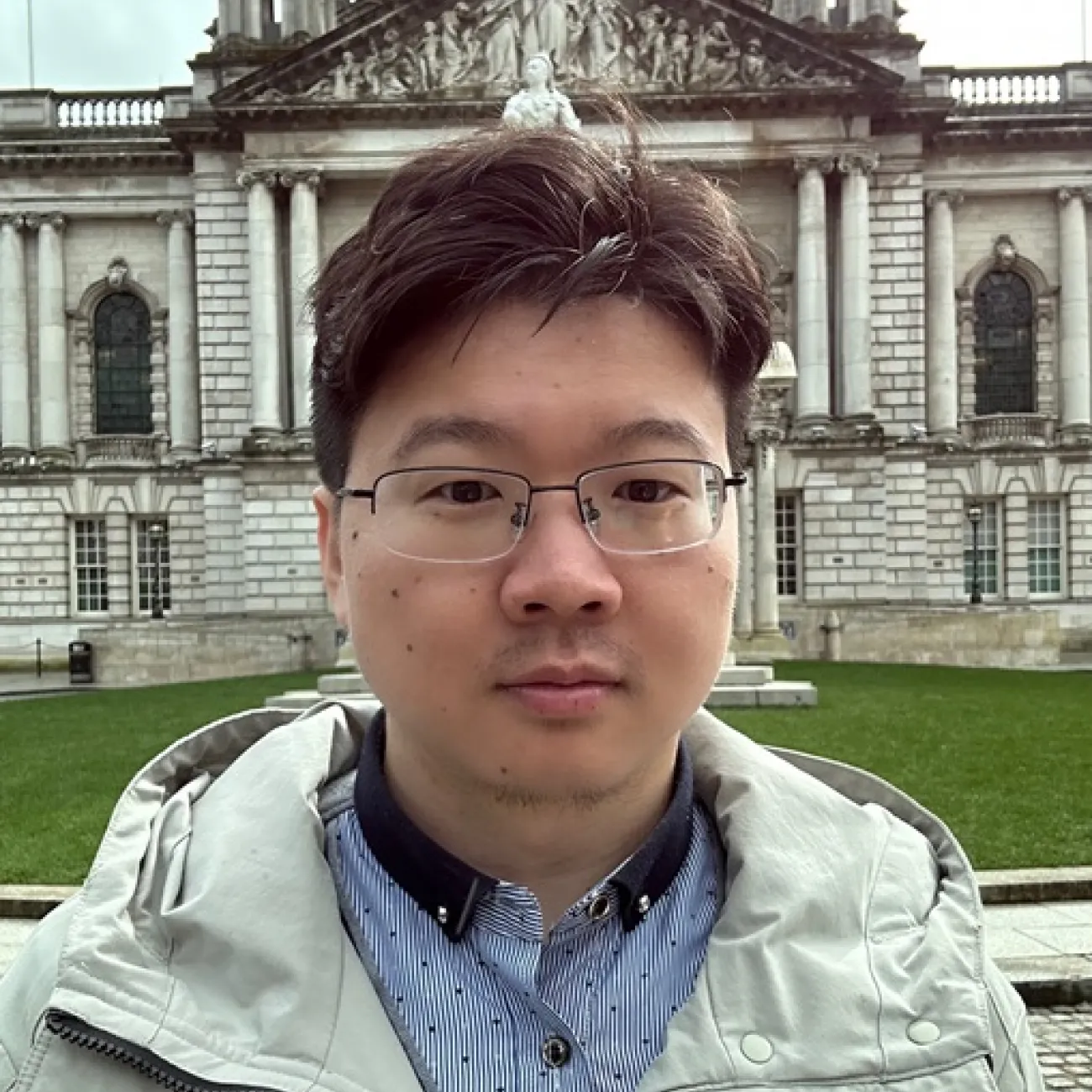About
Dr. Kai Wen is a Postdoctoral Research Fellow in Offshore Geotechnics at the University of Southampton's Department of Civil, Maritime, and Environmental Engineering. Appointed in 2023, he leads the Southampton part of ROBOCONE project funded by EPSRC-SFI, collaborating with Professors Dave White and Susan Gourvenec and Dr. Benjamin Cerfontaine. He is at the forefront of developing interpretation methods for the next-generation site investigation tool "ROBOCONE." Additionally, he contributes his expertise to the Royal Academy of Engineering (RAEng) Chair Centre of Excellence for Intelligent & Resilient Ocean Engineering (IROE).
Dr. Wen earned his Bachelor degree from Tianjin University, China, in 2016, followed by a MPhi degree in Geotechnical Engineering from Zhejiang University in 2019. He completed his PhD in Offshore Geotechnics at Imperial College London in 2023. With over eight years of research experience, Dr. Wen specializes in the optimized design of offshore foundations in challenging geomaterials such as dense sands and chalk. His expertise extends from pile installation to the high-cycle loading performance of offshore piles, leveraging various research tools such as finite element modelling, machine learning, python scripting etc. To date, his scholarly contributions include over 20 publications in peer-reviewed international journals and major academic conferences.
Dr. Wen is an active corresponding member of the Technical Committee-102 on In-Situ Tests and Technical Committe-209 on Offshore Geotechnics of ISSMGE. He has been invited to review papers for several high-impact international journals, including Géotechnique, Computers & Geotechnics, Ocean Engineering, Acta Geotechnica, International Journal of Physical Modelling in Geotechnics, Scientific Report etc.
Dr. Wen was recently awarded an Early Career Researcher fund from EPSRC Supergen ORE hub to support his research into the high-cycle loading performance of pile anchors for floating offshore wind turbines. He also received the prestigious Marie Skłodowska-Curie Postdoctoral Fellowship (2024).
You can update this in Pure (opens in a new tab). Select ‘Edit profile’. Under the heading and then ‘Curriculum and research description’, select ‘Add profile information’. In the dropdown menu, select - ‘About’.
Write about yourself in the third person. Aim for 100 to 150 words covering the main points about who you are and what you currently do. Clear, simple language is best. You can include specialist or technical terms.
You’ll be able to add details about your research, publications, career and academic history to other sections of your staff profile.
